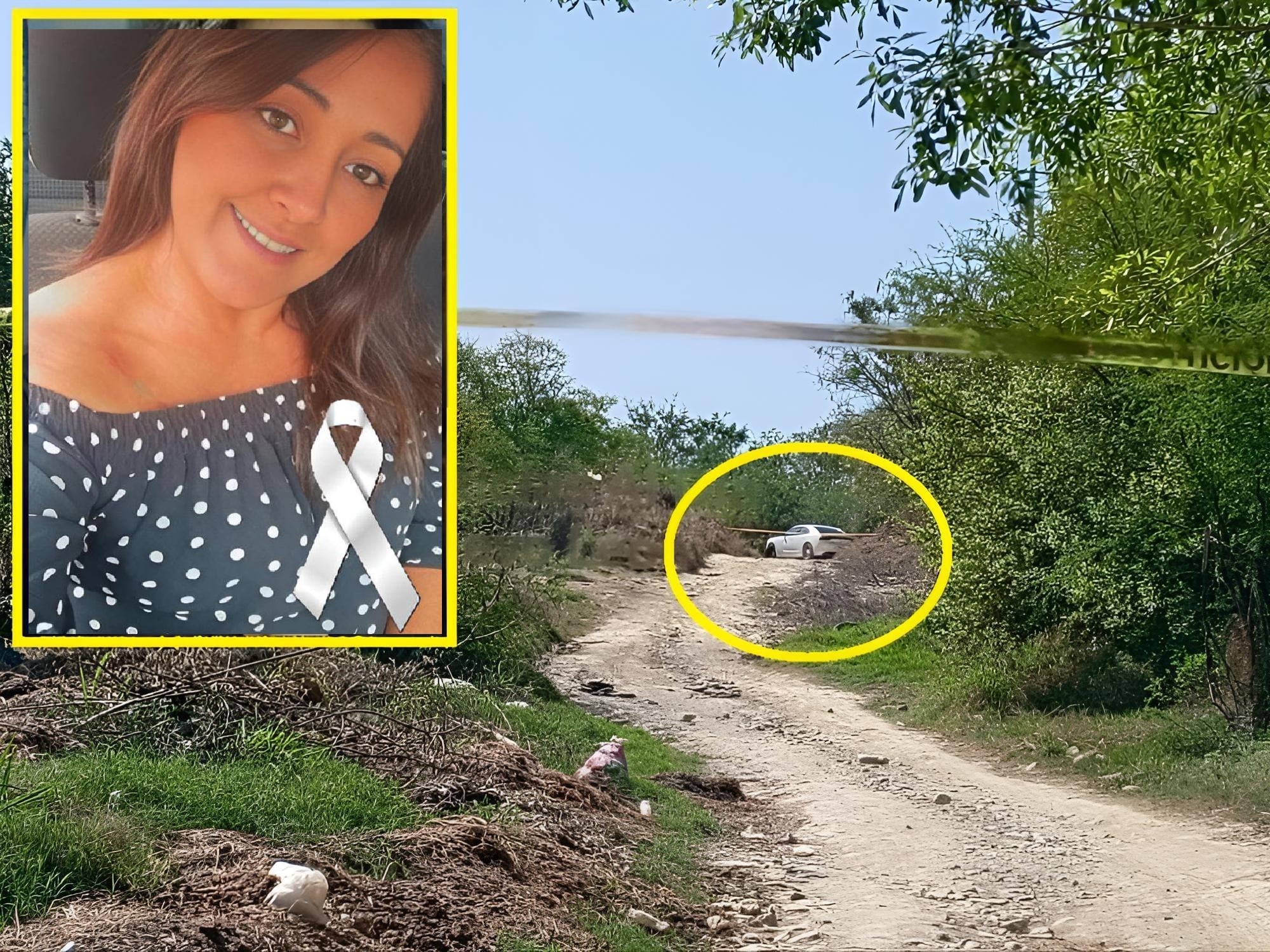A Tragic Discovery in Phnom Penh Sparks Outcry and Demands for Change
A deeply distressing discovery in Phnom Penh has stirred national concern and urgent reflection on how society treats and sees its most vulnerable. On the morning of May 17, 2025, a severely malnourished woman was found barely alive in an overgrown, abandoned lot on the northern edge of Cambodia’s capital.
Just after 11:00 a.m., residents living near the junction of Keng Road and Win Win Boulevard in the Sangkat Bak Kheng area of Chroy Changvar district contacted emergency services. The woman had been lying motionless in thick vegetation, overlooked by nearly everyone who passed by. Paramedics found her unconscious but still breathing—emaciated, severely dehydrated, and in desperate need of urgent care.
Police later revealed that multiple people had driven past her as early as 5:30 that morning but assumed she was merely sleeping. No one intervened until a passerby noticed she hadn’t moved for hours and raised the alarm. According to emergency workers, had help arrived much later, she likely would not have survived.
Authorities believe the woman is in her late thirties to early forties. She had no identification, no personal belongings, and no phone—nothing to hint at who she is or how she came to be there. She was rushed to Calmette Hospital, where doctors were able to stabilize her condition. Though she is now out of immediate danger, she remains extremely fragile. Medical staff report that she is too weak to hold conversations and will require long-term physical and emotional recovery.
Chroy Changvar district police chief Kim Phann told reporters that efforts to identify the woman have so far come up empty. Surveillance cameras in the area have yielded no clues about when or how she arrived, and authorities are appealing to the public for any information that might reveal her identity.
The case has triggered a wave of public soul-searching. Many are questioning how someone could become so utterly invisible—slipping through every safety net to the point of starvation and isolation in the middle of a bustling city. Social advocates say this is not an isolated case, but a stark reflection of the realities faced by Phnom Penh’s homeless population—especially women and those battling trauma or mental health issues.
Several local nonprofits have pledged to assist the woman after her release from the hospital, offering services such as shelter, rehabilitation, and counseling. District officials have also promised to increase inspections of abandoned buildings and construction zones where at-risk individuals often seek refuge unnoticed.
This tragedy has reignited calls for comprehensive reforms to protect Phnom Penh’s most vulnerable residents. Advocates are urging the government to invest more in mental health care, emergency housing, and food security programs. They also emphasize the importance of public awareness—so ordinary citizens feel empowered to recognize suffering and take action sooner.
Though much about the woman’s life remains unknown, her story has already become a powerful symbol—a haunting reminder of how easily those in crisis can be ignored or forgotten. In a city racing toward modernization, where high-rise towers rise beside deep poverty, her silent presence in that neglected lot casts a painful spotlight on systemic failure.
For now, she remains unidentified. But through the collective outpouring of concern, and the commitments to care and change, she has already made a mark. Her survival has forced a city to pause—and to remember that no one should be allowed to suffer unseen.
And perhaps, in time, her name will be known—and her story fully heard.
